Mars once teemed with water.
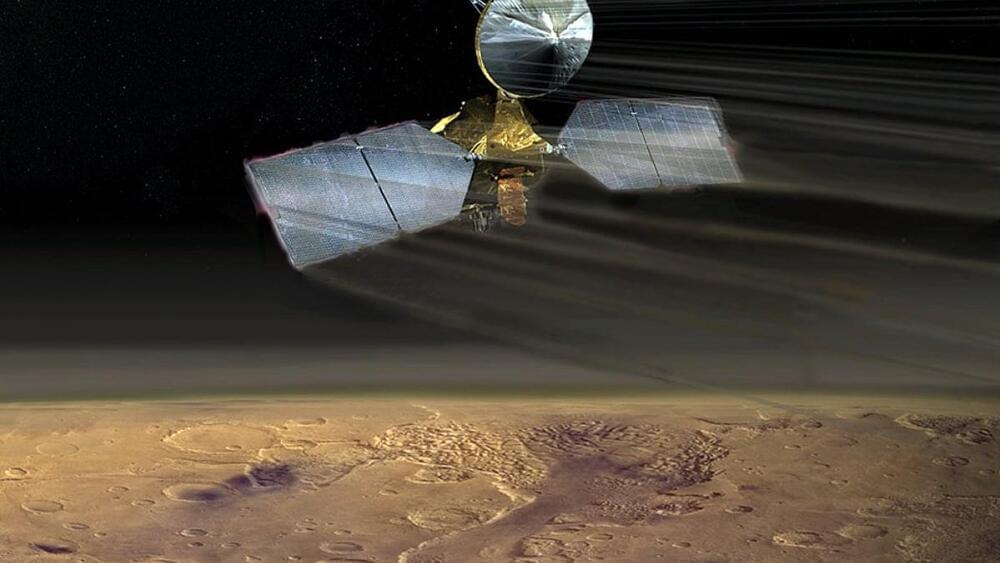

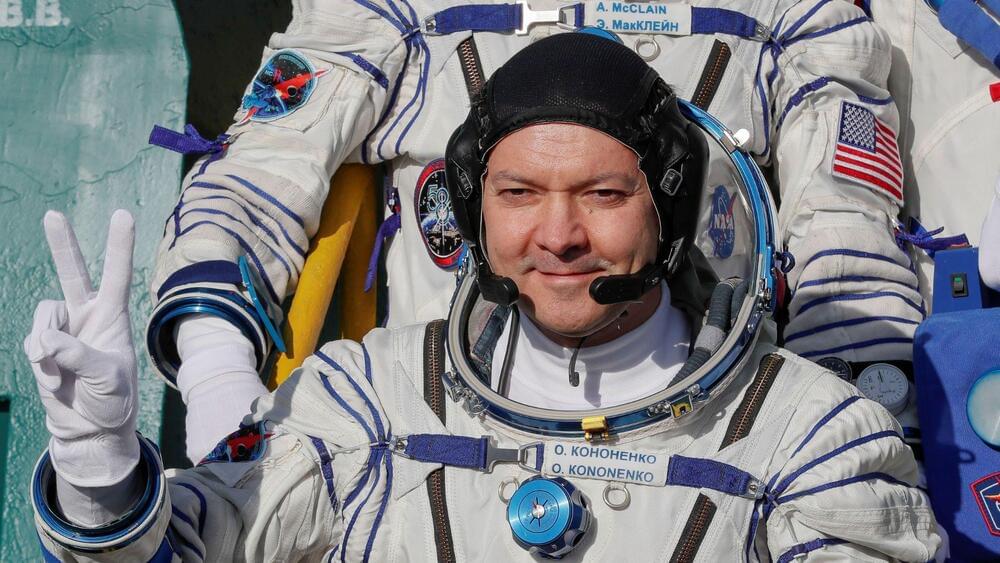
According to Russian media reports, Russian cosmonaut Oleg Kononenko is set to make history on Sunday as he will surpass the world record for the longest cumulative time spent in space.
Kononenko, who is currently on his fifth space mission, will clock a total of 878 days, 11 hours, 29 minutes, and 49 seconds in orbit by 11:30:08 Moscow time (0830:08 GMT), breaking the previous record held by his fellow countryman Gennady Padalka, who retired in 2017.
The 59-year-old Kononenko, also the commander of the Roscosmos cosmonaut corps, will extend his record until September 23, when he is scheduled to return to Earth after completing his current expedition. By then, he will have spent 1,110 days in space, equivalent to nearly 2 1/2 years.

Scientists have discovered a super-Earth, named TOI-715 b, located within the “conservative” habitable zone of a nearby red dwarf star.
This revelation has ignited the astronomical community with the potential of uncovering conditions that are suitable for life a mere 137 light-years from Earth.
The research, led by Georgina Dransfield at the University of Birmingham, represents a significant step forward in our quest to understand the conditions under which life might arise.
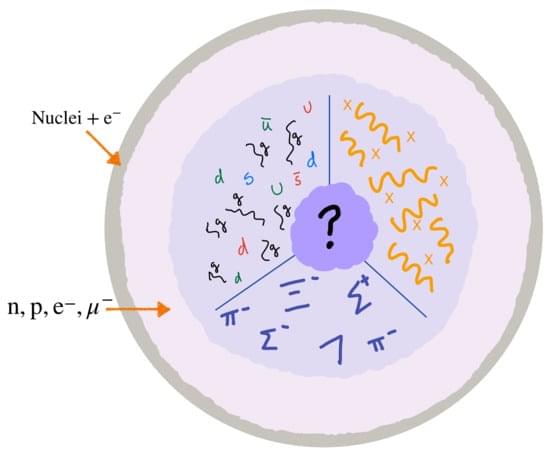
The neutron lifetime anomaly has been used to motivate the introduction of new physics with hidden-sector particles coupled to baryon number, and on which neutron stars provide powerful constraints. Although the neutron lifetime anomaly may eventually prove to be of mundane origin, we use it as motivation for a broader review of the ways that baryon number violation, be it real or apparent, and dark sectors can intertwine and how neutron star observables, both present and future, can constrain them.
It started as a big old ball of dust, so how did it end up like a giant pancake? Our resident physicist tells the true story using fake forces.
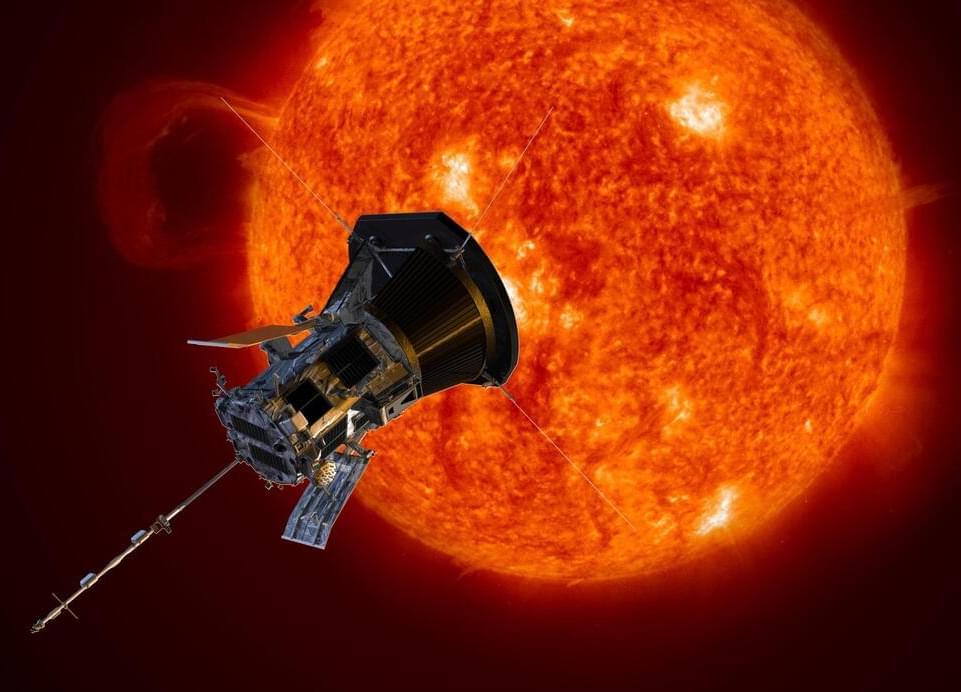
NASA’s Parker Solar Probe is crashing through a hailstorm of dust as it hurtles towards the sun at awe-inspiring speed.
The probe’s team members found that high-speed impacts with dust particles are not only more common than expected, they’re making tiny plumes of superhot plasma on the surface of the craft, according to an announcement for a new study.
The probe’s main mission goals are to measure the electric and magnetic fields near the sun and learn more about the solar wind—the stream of particles coming off of the sun, says David Malaspina, a space plasma physicist at the University of Colorado Boulder Astrophysical and Planetary Sciences Department and Laboratory for Atmospheric and Space Physics. Malaspina led the study, which the team will present at a conference this week.
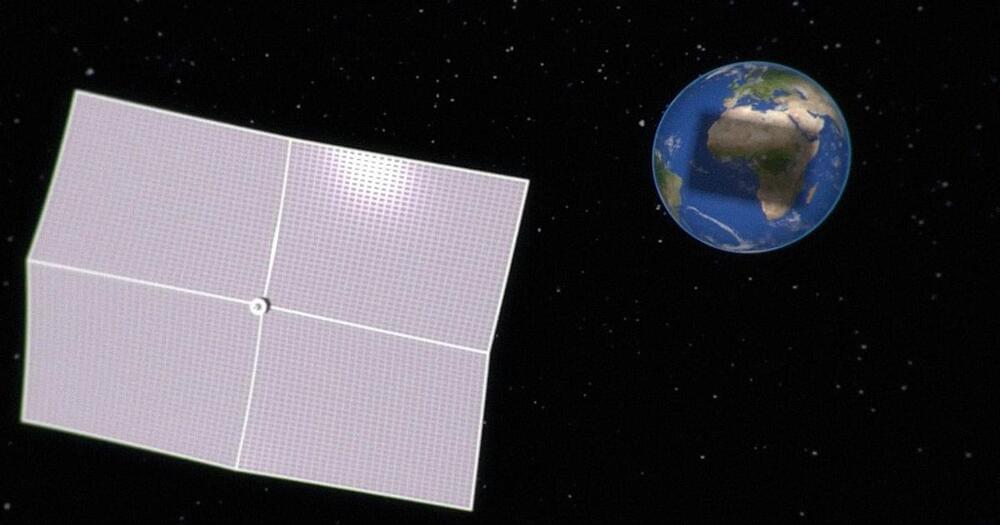
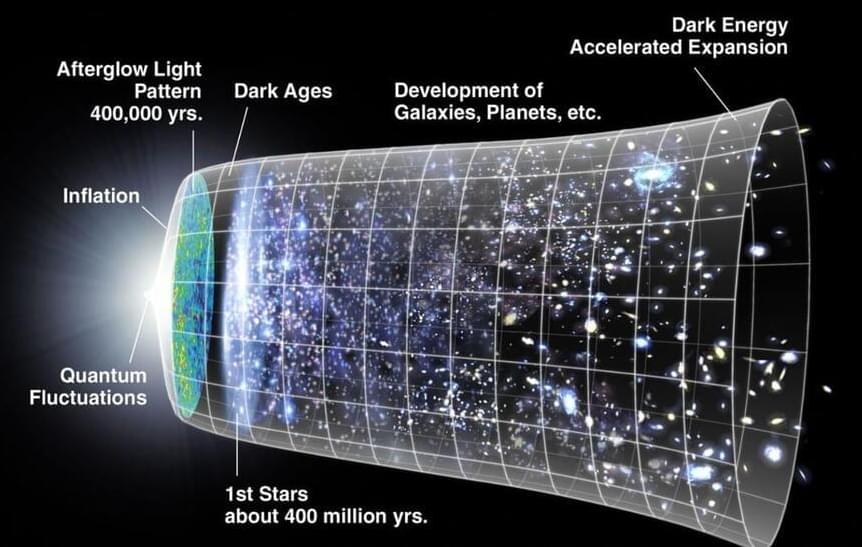
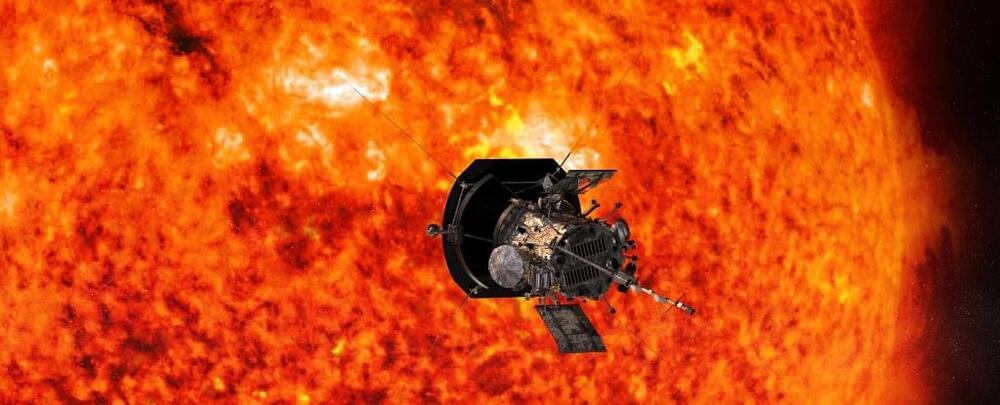
Science: for who ever want to landing or touch the sun 🌞 ☀️. Yeah what was believed impossible can become true.
NASA’s Parker Solar Probe is set to pass the Sun this year in a milestone moment for space exploration.
The probe, launched on Aug 12, 2018, is due to fly past the sun at 195 km/s, or 435,000 mph on 24 December 2024, the BBC reported.
NASA describes it as a mission to “” touch the Sun” on its website, aiming to get our “first-ever sampling of a star’s atmosphere.”
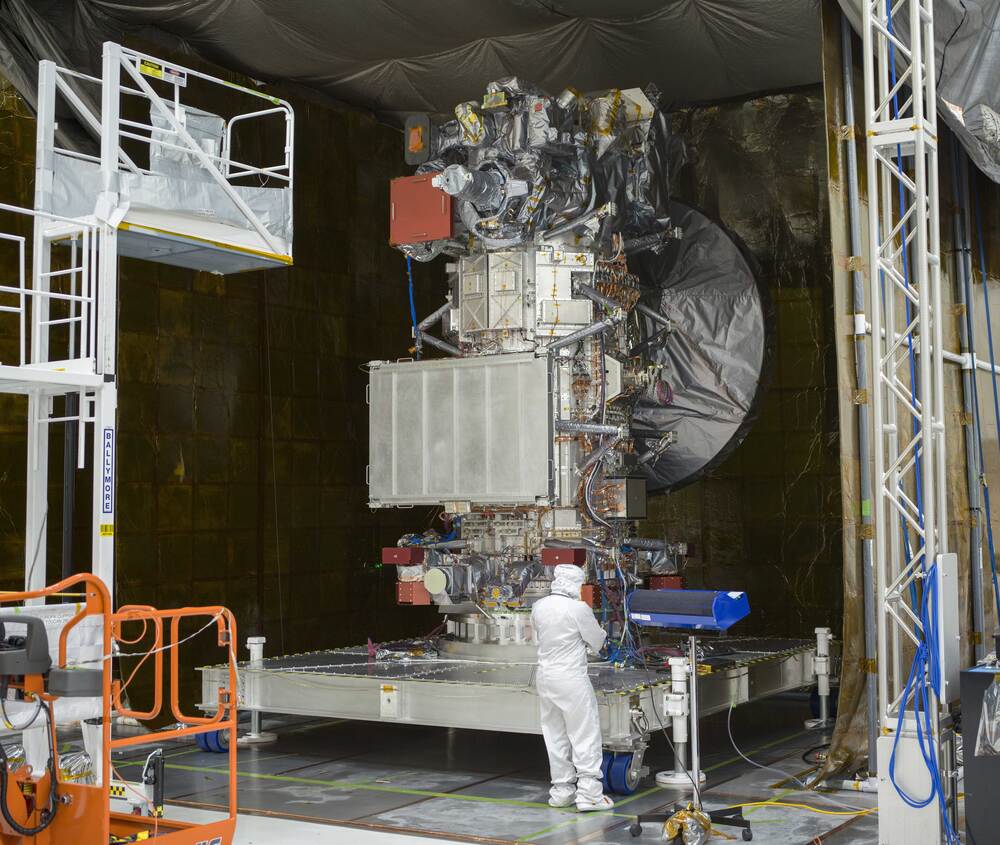
A mission more than a decade in the making, NASA’s Europa Clipper is slated to greatly expand our understanding of Jupiter’s icy moon, Europa, including whether it could support life. These findings will be conducted by a suite of powerful instruments contributed by a myriad of academic and research institutions across the United States. Recently, NASA JPL finished installing all these instruments on the pioneering spacecraft, bringing it one major step closer to its launch, which is currently scheduled for October of this year.
“The instruments work together hand in hand to answer our most pressing questions about Europa,” said Dr. Robert Pappalardo, who is the project scientist on Europa Clipper. “We will learn what makes Europa tick, from its core and rocky interior to its ocean and ice shell to its very thin atmosphere and the surrounding space environment.”
The nine instruments that will be responsible for accomplishing the fantastic science during the mission include the Europa Imaging System (EIS), Europa Thermal Emission Imaging System (E-THEMIS), Europa Ultraviolet Spectrograph (Europa-UVS), Mapping Imaging Spectrometer for Europa (MISE), Europa Clipper Magnetometer (ECM), Plasma Instrument for Magnetic Sounding (PIMS), Radar for Europa Assessment and Sounding: Ocean to Near-surface (REASON), MAss Spectrometer for Planetary EXploration/Europa (MASPEX), SUrface Dust Analyzer (SUDA).